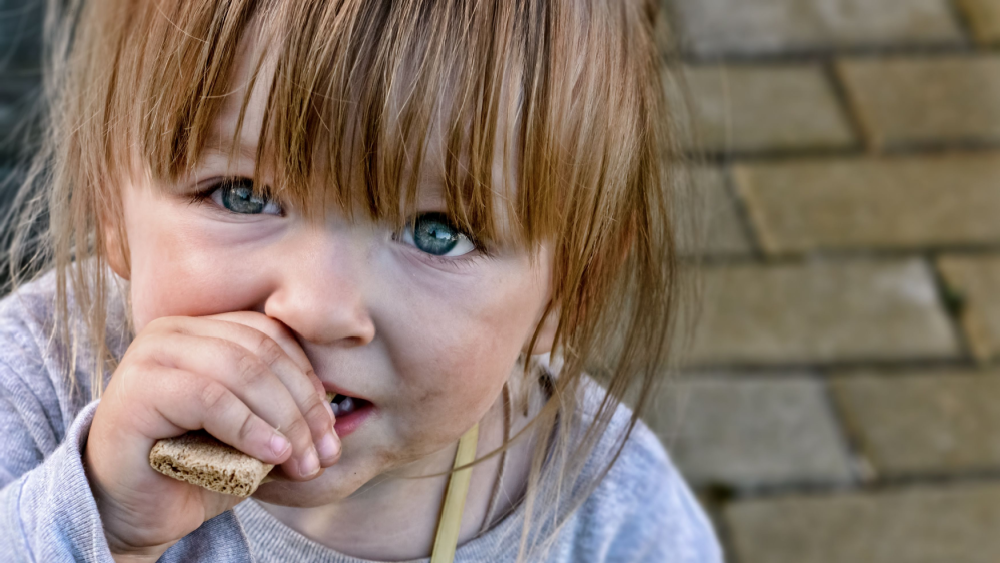13% of EU children faced material deprivation

In 2021, 13% of children living in EU households experienced child-specific material deprivation (see methodological notes for the definition). This can be attributed, among other factors, to the parents’ educational level, which is often linked to their labour market situation.
Education of parents heavily impacts child material deprivation in 10 EU countries
In 2021, 39% of EU children living in lower-education households (at most lower secondary education - ISCED levels 0-2) experienced material deprivation, compared with 4% for children in higher-education households (tertiary education - ISCED levels 5-8).
Source dataset: ilc_chmd03
In 10 EU countries, over half of the children in lower-education households faced material deprivation, with the highest shares recorded in Romania (85%), Bulgaria (83%) and Hungary (78%). Meanwhile, the lowest rates were registered in Poland (9%), Germany and Estonia (each 16%).
Among households where parents had tertiary education, the highest rates of child material deprivation were recorded in Greece (16%), Bulgaria (12%) and Cyprus (10%). The lowest rates of child material deprivation were recorded in Slovenia (near 0%), Czechia, Sweden, and Poland (all 1%).
For more information
- Statistics Explained article on children - material deprivation
- Thematic section on income and living conditions
- Database on income and living conditions
Methodological notes:
- The child-specific deprivation rate is the percentage of children below 16 who suffer from the enforced lack of at least three items out of the following 17 (unweighted) items:
- Child: Some new clothes
- Child: Two pairs of shoes
- Child: Fresh fruits and vegetables daily
- Child: Meat, chicken, fish daily
- Child: Suitable books
- Child: Outdoor leisure equipment
- Child: Indoor games
- Child: Leisure activities
- Child: Celebrations
- Child: Invite friends
- Child: School trips
- Child: Holiday
- Household: Replace worn-out furniture
- Household: Arrears
- Adults in the household: Internet
- Household: Home adequately warm
- Household: Car
Only children lacking an item for affordability reasons (and not by choice or due to any other reasons) are considered deprived of this item. Those lacking the item “for other reasons” are treated, together with those who have the item, as not deprived.
- Educational attainment level: classified according to ISCED — the international standard classification of education.
- The educational level of children’s parents is defined in this article as the highest level of education attained by one of the parents. For example, if the father has a low level of education of at most lower secondary (ISCED levels 0-2), and the mother has a medium level of education (upper-secondary education) (ISCED levels 3-4), it is considered that the child’s parents have a medium level of education.
If you have any queries, please visit our contact us page.

